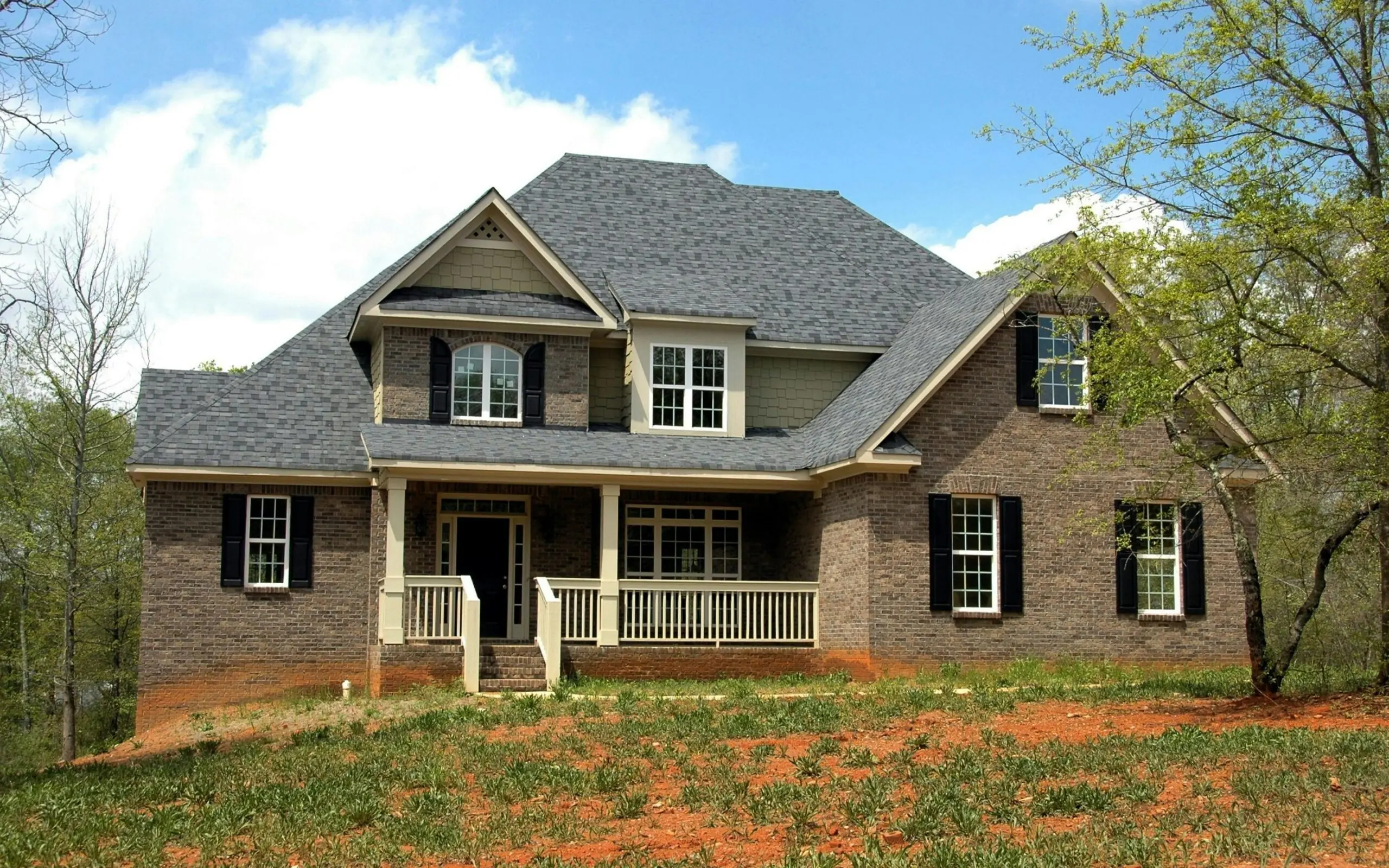The building industry is dynamic and, as a roofing company, we know that with each day new innovations come up that make work easier and result in efficiency, cost effectiveness, and improve on durability. However, the most important aspect in roofing and roofing repair is to possess the skills and expertise to implement the various changes that are necessary for building. Steep slope roofing refers to a situation where a roof has a slope of approximately 3/12 slope or greater. These roofs are mostly found in residential areas as they are commonly used to construct homes. This is as opposed to most commercial buildings that have maintained a flat roof design over time.
Some of the traditionally used metals for flashing, that a roofing company may use, include lead and copper. The advantage of using copper is that it is resistant to corrosion and also easily beaten into shape without breaking. Copper is, therefore, strengthened with lead for durability. However, this type of copper costs more than ordinary copper. Over time, people have adopted the use of aluminum for flashing, as it is much easier to work with, resistant to corroding, and affordable.
Commonly in flashing, asphalt shingles are used with the various forms of steep roof flashing. This is because they thrive well in diverse climatic conditions around the world. For example, they can be used for buildings in desert areas and also in tropical regions. Prior to installation, they should be well stacked together. For shingles in a steep slope roof, there is a maximum slope for which the shingles can be applied, which is 12 per foot. Beyond this, it will be difficult to attain a smooth finish.
Importance Of Steep Slope Roof Flashing
There are several advantages that accrue to having a steep roof flashing system. Firstly, it affects the entire makeup of the house. For instance, it affects the drainage system of the house, especially where it regards to water collection during the rainy season. It also greatly contributes to the entire design and outlook of the building.
Apron Flashing
This type of flashing is used in sloping roof and, especially where there is a vertical surface joined to the roof. This form of flashing is for diverting water from the roof into a gutter. It is, therefore, common in chimneys. Apron flashing is used for several purposes such as roof repair of abrasion holes in old roofs, which are caused by acidity from the rain. In addition, air pollution contributes to this abrasion. By all means, apron flashing is one of the cheaper means of repairing older copper valleys.
However, apron flashing is not exclusively used for roof repairs but also used in new roofs where there is the anticipation of likely acid abrasion occurring. This form of flashing is thus easily adaptable to other areas such as gutters or on saddles, which are areas where acid rainwater is anticipated to flow. Apron flashing is efficient in that it can be used with any metal. Consequently, this is one of the most cost-effective means of repairing holes on the roof caused by abrasion as a result of high levels of acidity.
Step Flashing
Step flashing is where small rectangular pieces of metal such as aluminum or galvanized copper are bent into right angles at a slope in which the roof meets a side roof. Step flashing, therefore, consists of just a flexible metal sheet bent. Most step flashings are 7 by 5 in size, after which they are folded in half. Nails are driven through the overlapping sheets to hold them together.
Counter Flashing
This is basically used to prevent water from running into the inner parts of the house. As with other forms of flashing, copper is used on the roof where there is an intersection of the wall and the roof. The counter flashing works in that the water is diverted to Base flashing and further to composition flashing. As a result, counter flashing is a solution for the drainage system of most family houses. There are three common methods a roofing company uses counter flashing in the market.
The first method involves the use of a reglet cast into concrete and, thereafter strengthened by wedges, preferably made of lead. A sealant is then filled into this reglet for efficiency. The second method involves the use of a copper receiver, and lastly, counter flashing can be effected in coverings for exterior walls. Counter flashing is the use of two flashing pieces together and is especially common in chimneys.
Kickout Flashing
This is a form of flashing used to divert rainwater into a gutter and thus prevent water penetration into the building. This is one of the key considerations during the inspection of buildings for a roofing company since if it is not properly installed, it can be unhealthy for the residents.
Kickout flashing is important as it prevents the destruction of exterior walls. It also prevents the destruction of a building’s beauty as mostly poor water drainage of rainwater causes water stains on the walls, which destroy the aesthetic beauty of a building.
Steep roof flashing is an essential consideration when building a family home or any other establishment that is likely to have a sloping roof. The style of flashing used depends on the kind of roofing as well as the need for which is present. For instance, counter flashing is suitable for chimneys whereas apron flashing is commonly used for repairs of holes on the roof as a result of abrasion. All in all, the key element is that efficient employees should be contracted for the work to ensure that excellence is maintained and also avoid future problems in terms of drainage of rainwater.
